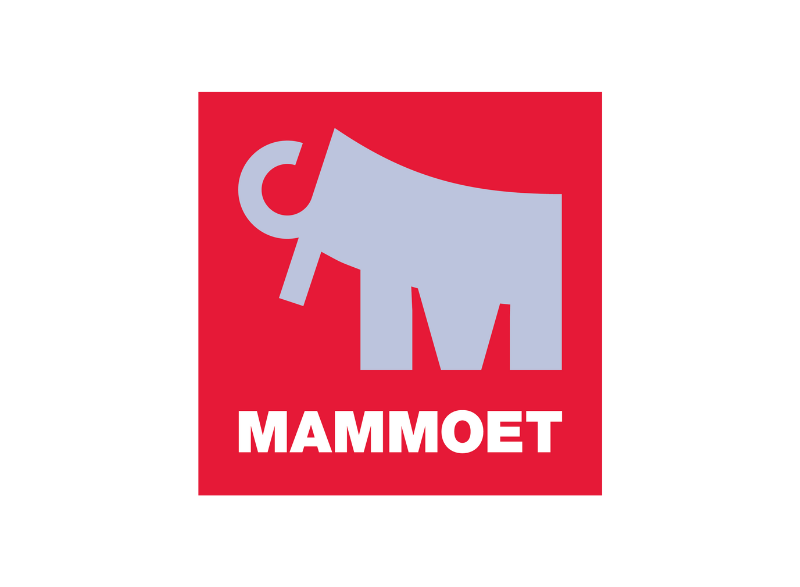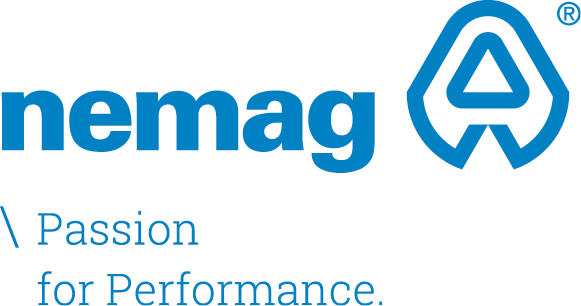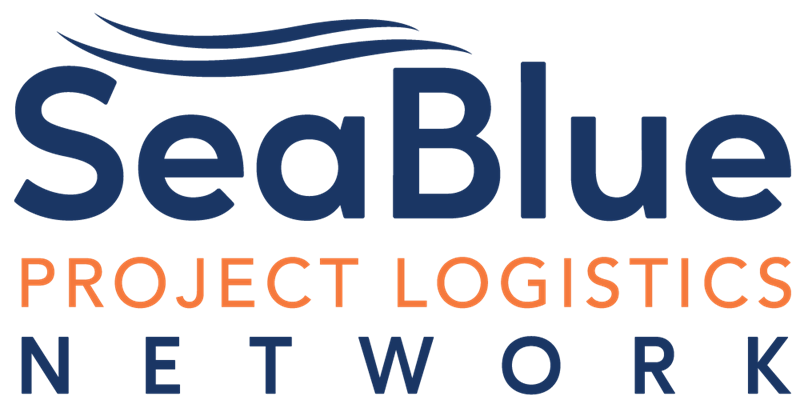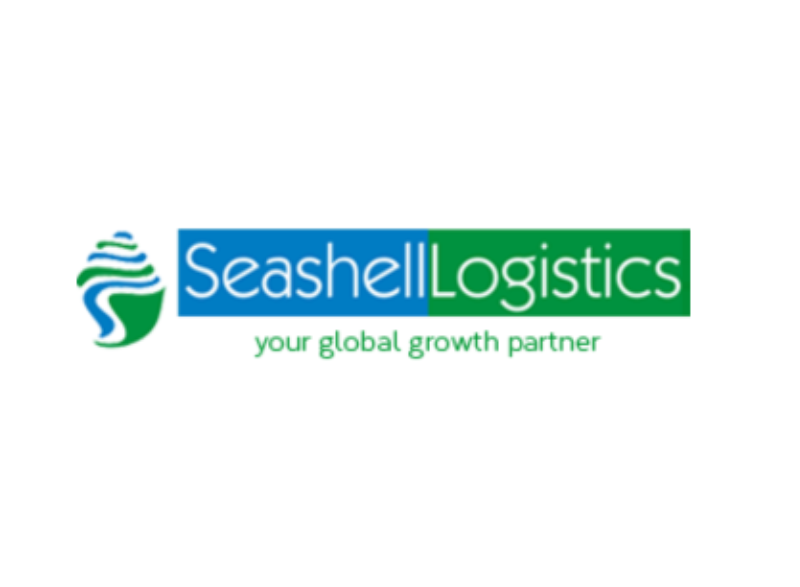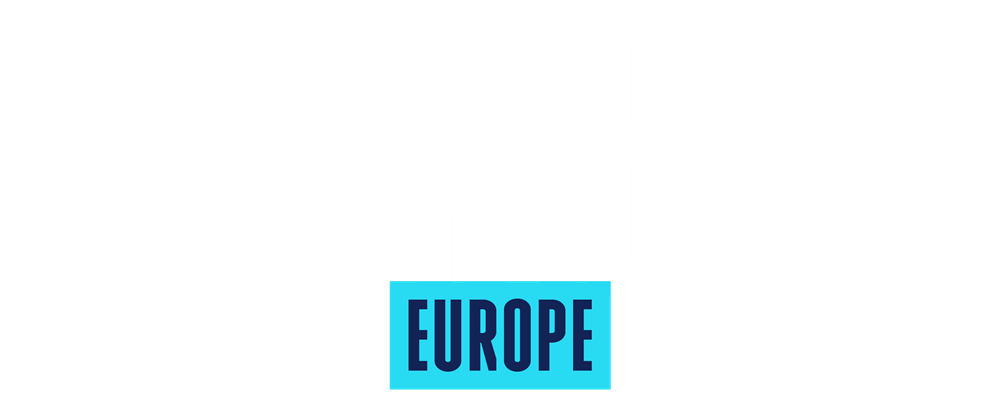Aug 13 | 2020
Full industry recovery will be a lengthy process, but for project cargo in the Americas there are silver linings.
From North to South America, despite the pandemic, project activity and cargo delivery continues.
There are also key sectors that can stimulate further contract interest alongside economic recovery in important countries throughout the Americas.
As Breakbulk coverage shows, a wide range of cargo deliveries have taken place during lockdown conditions. These highlight the very real opportunities that exist for freight handlers and shippers in the Americas.
Heavy-transport firm Berard has moved an offshore deck and jacket package for a project in the Gulf of Mexico.
The over-dimensional units were transported using 36 axle lines of SPMTs and were loaded using ramps and winch trucks. The deck unit weighed 1,139 tons and the jacket a further 560 tones.
Elsewhere, Breakbulk specialist Dachser has delivered a cargo of oversized automotive manufacturing machinery from Jundai, Brazil to Silao, Mexico.
Wind power is also a healthy source of contracts, due to the nature and size of the components involved.
The Port of Vancouver USA handled delivery of the longest-ever wind turbine blades to hit the US West Coast from a consignment of components in July 2020.
The delivery comprised blades, nacelles, generators, hubs, tower sections and other sub-components for nine wind turbines. Cargo arrived aboard the breakbulk vessel Star Kilimanjaro and included 76-meter blades for Goldwind GW155/4.2 MW turbines.
While this is only a small handful of the current activity, it’s a strong indicator that cargo has not stopped flowing, and projects require outfitting.
The Port of Vancouver USA’s experience is also one that many more ports in the US may be enjoying in the future.
The key takeaway here is that developments requiring expert project logistics are happening in the Americas and will continue to do as the decade progresses and normality returns once more.
US wind energy highlighted as recovery driver
The relationship between project cargo and wind power is a close one. And, according to new research, the wind sector could be a key driver of economic, and thus breakbulk, activity moving forward.
A report from Wood Mackenzie forecasts that 28 GW of new wind capacity will be installed in the US by 2022.
Based on existing activities and policy assumptions for future offshore wind development, two million acres of federal waters in the New York Bight, which includes parts of New Jersey, as well as California and the Carolinas, could be auctioned for commercial leases as early as this year as well as in 2021.
As well as the massive amount of new power added to the US grid, this fresh wave of installations could also put $1.8bn into the US Treasury too.
This folds into a wider US-wind narrative. Wood Mackenzie’s report puts total wind investment up to $166bn by 2035, highlighting the long-term potential of this renewable sector.
According to Wood Mackenzie estimates, between 2022 and 2035, $42bn in capex will go to turbine manufacturers and the supply chain, $107bn will go to the construction industry, and $8bn will go to the transportation industry and ports.
Wind has also been driving lockdown sailings. AAL completed 12 MPV trips to the US during May-June 2020, with the Singapore-registered firm stating a “significant” portion of vessels were carrying wind components.
As reported by Breakbulk in late July 2020, the US’ Chemical Activity Barometer show a strengthening of the US chemical industry after months of decline in June.
The figures show that the ACC Chemical Activity Barometer, or CAB, rose 2.7% percent in July on a three-month moving average basis however the barometer was down 8.9% on a year-over-year basis.
“With three consecutive months of gains, the latest CAB reading is consistent with recovery in the U.S. economy,” said Kevin Swift, chief economist at ACC.
The Northeast US could become a chemicals cluster into the new decade.
Shell is leading activity, having restarted construction work on its newest petrochem facility in Monaca, Pennsylvania. It is building an ethane cracker and polyethylene (PE) complex that will start service early in the 2020s decade.
Thailand’s PTT Global Chemical has done some site work in Belmont County, Ohio, but has yet to make a final investment decision on a similar cracker and PE complex.
Away from the US, Alberta, Canada is kicking off a new 10-year program to boost investments in the petrochemical sector and to make Alberta more competitive in the global market.
Alberta is already Canada’s petrochem hub, and well outfitted with road and rail links for cargo delivery.
The longer view? Up to C$30bn investment in the petrochemical sector and creation of 90,000 direct and indirect jobs by 2030, Alberta’s Industrial Heartland Association said.
The “View from the Boardroom: What Lies Ahead” Breakbulk365 webinar highlighted some important aspects where Covid-19 has been a positive for the project cargo sector.
“Over the last few months the supply chain and logistics, two pretty extremely underappreciated streams where all of us belong, have suddenly been thrust into the limelight along with medical professionals and the front-end fight against Covid-19,” said Cyril Varghese, global logistics director – strategy and commercial, Fluor.
“Some of the freight forwarders when they speak to me they talk about the positive aspects of the business, the new insight which they’ve received working from home, how they’re supporting governments and hospitals fight the pandemic, finding new solutions to minimize supply chain disruptions, there are shipping lines taking delivery of new more fuel-efficient ships, heavy haulers are getting ready to expand into new territories on the back of order books,” he said.
So, while the short term may look like a struggle, the long-term outlook for project cargo in the Americas still has great potential.
There are also key sectors that can stimulate further contract interest alongside economic recovery in important countries throughout the Americas.
Project cargo activity in the Americas
Cargo delivery continues throughout the region
As Breakbulk coverage shows, a wide range of cargo deliveries have taken place during lockdown conditions. These highlight the very real opportunities that exist for freight handlers and shippers in the Americas.
Heavy-transport firm Berard has moved an offshore deck and jacket package for a project in the Gulf of Mexico.
The over-dimensional units were transported using 36 axle lines of SPMTs and were loaded using ramps and winch trucks. The deck unit weighed 1,139 tons and the jacket a further 560 tones.
Elsewhere, Breakbulk specialist Dachser has delivered a cargo of oversized automotive manufacturing machinery from Jundai, Brazil to Silao, Mexico.
Wind power is also a healthy source of contracts, due to the nature and size of the components involved.
The Port of Vancouver USA handled delivery of the longest-ever wind turbine blades to hit the US West Coast from a consignment of components in July 2020.
The delivery comprised blades, nacelles, generators, hubs, tower sections and other sub-components for nine wind turbines. Cargo arrived aboard the breakbulk vessel Star Kilimanjaro and included 76-meter blades for Goldwind GW155/4.2 MW turbines.
While this is only a small handful of the current activity, it’s a strong indicator that cargo has not stopped flowing, and projects require outfitting.
The Port of Vancouver USA’s experience is also one that many more ports in the US may be enjoying in the future.
The key takeaway here is that developments requiring expert project logistics are happening in the Americas and will continue to do as the decade progresses and normality returns once more.
US wind energy highlighted as recovery driver
The relationship between project cargo and wind power is a close one. And, according to new research, the wind sector could be a key driver of economic, and thus breakbulk, activity moving forward.
A report from Wood Mackenzie forecasts that 28 GW of new wind capacity will be installed in the US by 2022.
Based on existing activities and policy assumptions for future offshore wind development, two million acres of federal waters in the New York Bight, which includes parts of New Jersey, as well as California and the Carolinas, could be auctioned for commercial leases as early as this year as well as in 2021.
As well as the massive amount of new power added to the US grid, this fresh wave of installations could also put $1.8bn into the US Treasury too.
This folds into a wider US-wind narrative. Wood Mackenzie’s report puts total wind investment up to $166bn by 2035, highlighting the long-term potential of this renewable sector.
According to Wood Mackenzie estimates, between 2022 and 2035, $42bn in capex will go to turbine manufacturers and the supply chain, $107bn will go to the construction industry, and $8bn will go to the transportation industry and ports.
Wind has also been driving lockdown sailings. AAL completed 12 MPV trips to the US during May-June 2020, with the Singapore-registered firm stating a “significant” portion of vessels were carrying wind components.
Chemicals sector shows uptick
As reported by Breakbulk in late July 2020, the US’ Chemical Activity Barometer show a strengthening of the US chemical industry after months of decline in June.
The figures show that the ACC Chemical Activity Barometer, or CAB, rose 2.7% percent in July on a three-month moving average basis however the barometer was down 8.9% on a year-over-year basis.
“With three consecutive months of gains, the latest CAB reading is consistent with recovery in the U.S. economy,” said Kevin Swift, chief economist at ACC.
The Northeast US could become a chemicals cluster into the new decade.
Shell is leading activity, having restarted construction work on its newest petrochem facility in Monaca, Pennsylvania. It is building an ethane cracker and polyethylene (PE) complex that will start service early in the 2020s decade.
Thailand’s PTT Global Chemical has done some site work in Belmont County, Ohio, but has yet to make a final investment decision on a similar cracker and PE complex.
Away from the US, Alberta, Canada is kicking off a new 10-year program to boost investments in the petrochemical sector and to make Alberta more competitive in the global market.
Alberta is already Canada’s petrochem hub, and well outfitted with road and rail links for cargo delivery.
The longer view? Up to C$30bn investment in the petrochemical sector and creation of 90,000 direct and indirect jobs by 2030, Alberta’s Industrial Heartland Association said.
Silver linings from the boardroom
The “View from the Boardroom: What Lies Ahead” Breakbulk365 webinar highlighted some important aspects where Covid-19 has been a positive for the project cargo sector.
“Over the last few months the supply chain and logistics, two pretty extremely underappreciated streams where all of us belong, have suddenly been thrust into the limelight along with medical professionals and the front-end fight against Covid-19,” said Cyril Varghese, global logistics director – strategy and commercial, Fluor.
“Some of the freight forwarders when they speak to me they talk about the positive aspects of the business, the new insight which they’ve received working from home, how they’re supporting governments and hospitals fight the pandemic, finding new solutions to minimize supply chain disruptions, there are shipping lines taking delivery of new more fuel-efficient ships, heavy haulers are getting ready to expand into new territories on the back of order books,” he said.
So, while the short term may look like a struggle, the long-term outlook for project cargo in the Americas still has great potential.
.png?ext=.png)
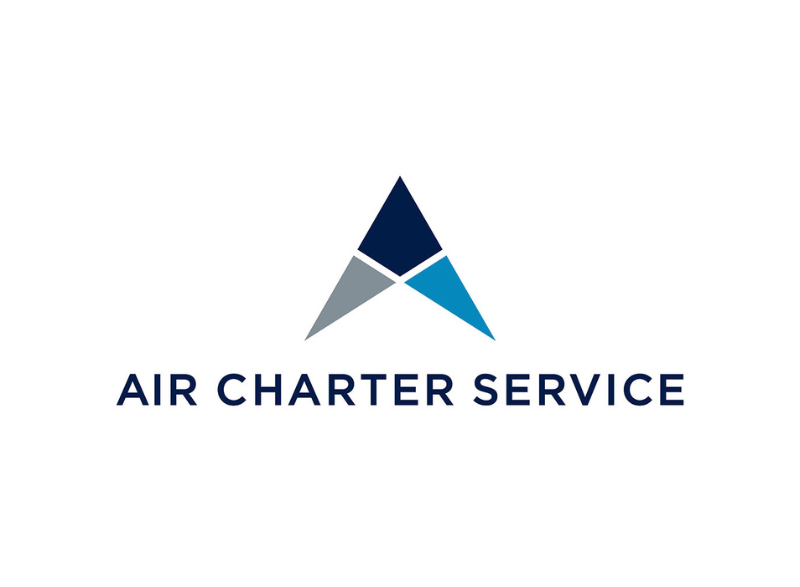


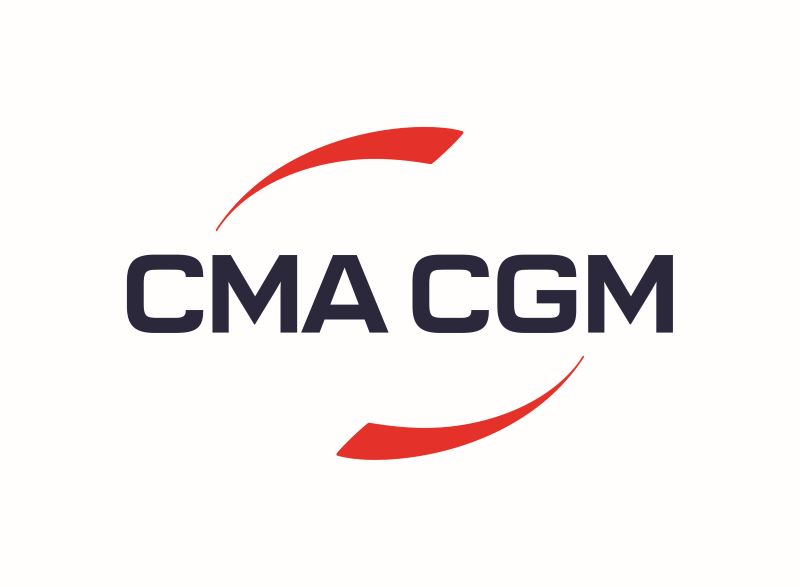

.png?ext=.png)


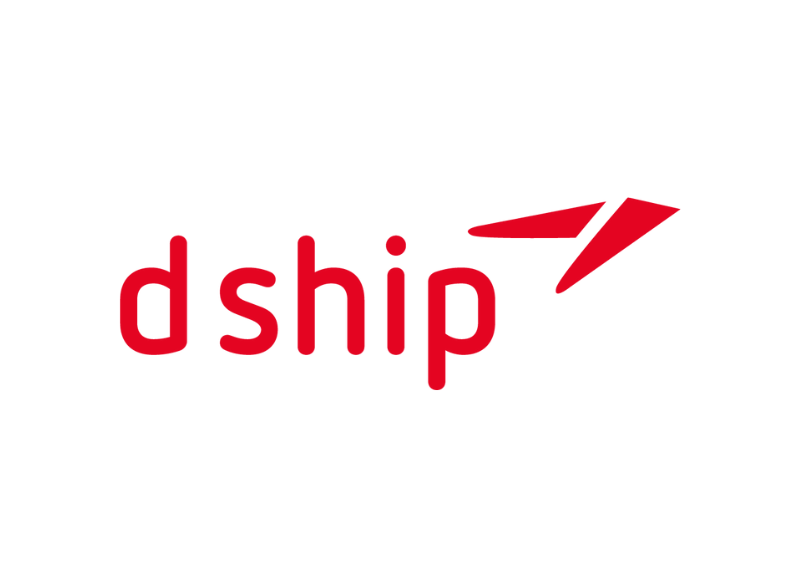

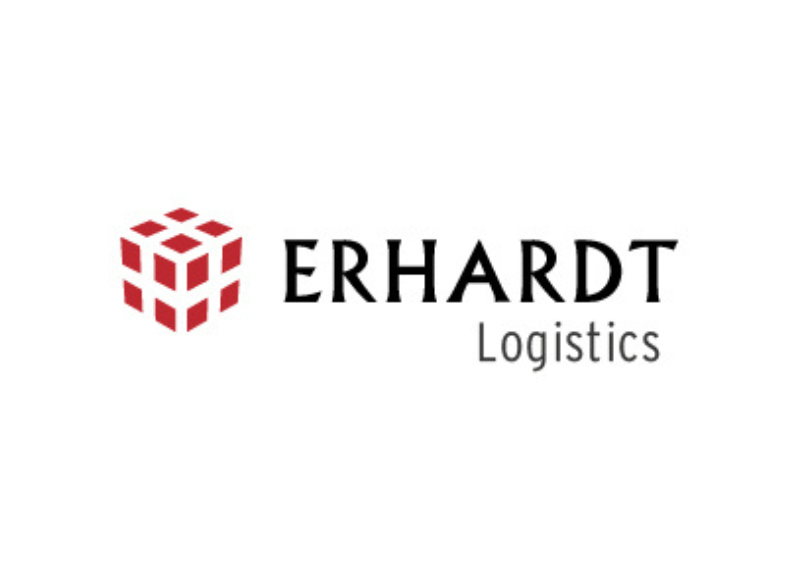



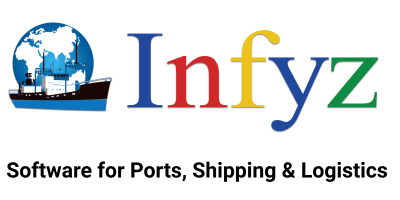
_3.png?ext=.png)
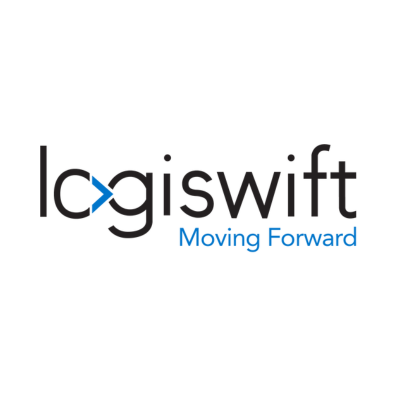
.jpg?ext=.jpg)
